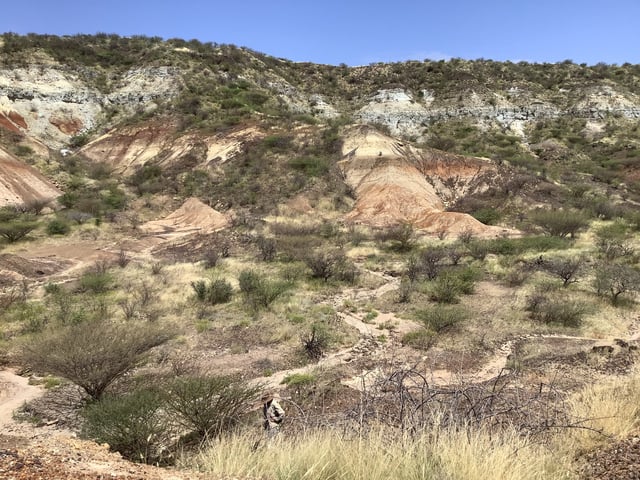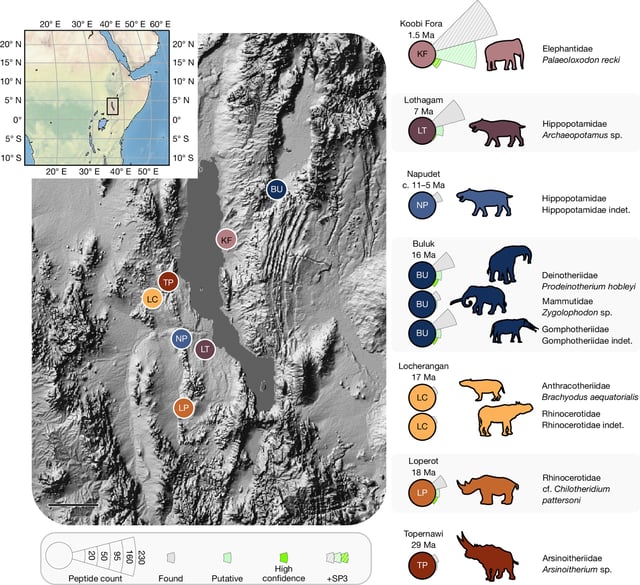Overview
- Using liquid chromatography–tandem mass spectrometry, researchers recovered proteins from 18-million-year-old teeth in Kenya’s Rift Valley and a 21–24 million-year-old rhino enamel in Canada’s High Arctic, setting a new 24 million-year record.
- Protein sequences from a 23 million-year-old Epiaceratherium tooth revealed it diverged from other rhinocerotids between 41 and 25 million years ago, revising the rhino family tree.
- Dental enamel’s dense hydroxyapatite and preservation within cold or ash-encased environments enabled proteins to survive tens of millions of years.
- Enamel proteomes from extinct proboscideans and rhinocerotids provided phylogenetic insights into evolutionary relationships among Cenozoic megafauna.
- Scientists plan to apply paleoproteomic techniques to older and more varied fossil specimens, raising the possibility of molecular data from pre-Cenozoic animals.



